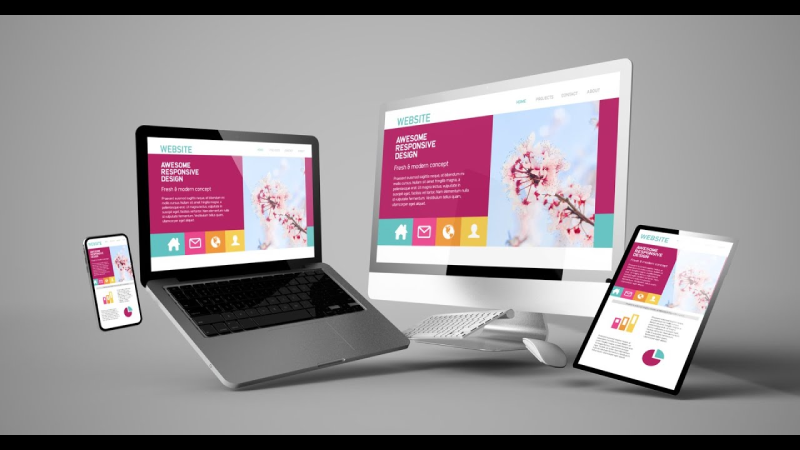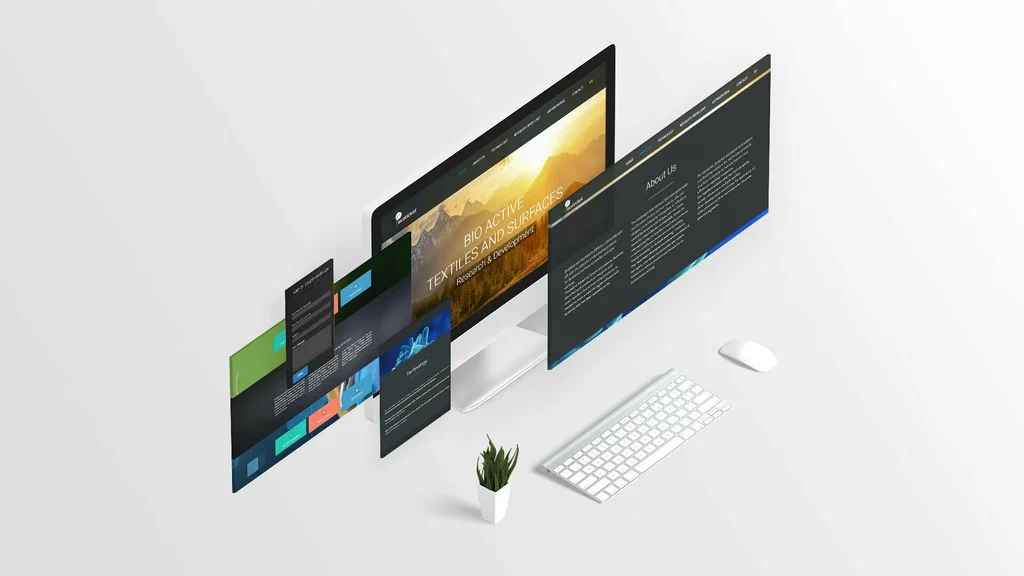Ever stopped to wonder what is web design and why it’s such a hot topic today? Maybe you’ve seen beautifully crafted websites and thought, “Wow, how did they build that?” Or perhaps you’re looking to create your own website but aren’t quite sure where to start. Don’t worry—you’re in the right place.
In this easy-to-understand guide, we’re going to walk you through everything you need to know about what is web design, why it matters, what makes a great website, and how you can start learning the skills to create your own stunning online presence.
Whether you’re a complete beginner or just brushing up on your knowledge, this article is packed with helpful tips, practical insights, and friendly advice to help you feel confident about diving into the world of web design.

Let’s get started!
What Is Web Design?
Let’s start with the basics—what is web design?
Simply put, web design is the process of planning, creating, and arranging content online. It goes far beyond just how a website looks. Web design also covers how a site functions, how it feels when you use it, how easy it is to navigate, and how effectively it communicates information to visitors.
It’s a blend of visual creativity and technical skill. A good web designer combines layout, color schemes, typography, imagery, and functionality to build websites that are both attractive and user-friendly.
In today’s digital world, a well-designed website is one of the most important tools for any business, brand, or individual. That’s why understanding what is web design has become such a valuable skill—whether you’re building a personal blog or launching a full-blown e-commerce site.
Why Is Web Design Important?
Let’s face it—we live in a digital-first world. Before someone visits your store, books your service, or sends you an email, they’ll probably check out your website. And when they do, the first impression matters… a lot!
That’s where web design plays a crucial role. A well-designed site can make your visitors feel welcome, guide them to the information they need, and encourage them to take action—whether that’s signing up for a newsletter, making a purchase, or sending a message.
Here are a few reasons why web design is so important:
- It builds trust: People judge a business by its website. If your site looks outdated or unprofessional, visitors may think the same about your brand.
- It boosts user experience (UX): A clean, well-organized site helps users find what they’re looking for quickly and easily.
- It improves SEO: Good web design helps your site rank better in Google by improving site speed, mobile responsiveness, and content structure.
- It increases conversions: A visually appealing and easy-to-use website encourages visitors to take action.
So the next time you wonder what is web design, remember—it’s the bridge between your audience and your online success.
Key Elements of Great Web Design
Now that you understand what is web design, let’s talk about what actually goes into creating a great website.
1. Layout and Structure
A website’s layout is like its skeleton. It determines how content is arranged on a page and how users move through the site. A good layout should be simple, clean, and logical—making it easy for visitors to navigate and find information.
2. Typography and Readability
Text is one of the most important parts of a website. Choosing the right fonts, sizes, and line spacing makes a big difference in how easy it is to read your content. Good typography ensures your message comes across clearly and professionally.
3. Color Scheme
Colors aren’t just for aesthetics—they can also influence emotions and behavior. A well-chosen color palette supports your brand identity and improves readability and user engagement.
4. Images and Visual Elements
Images, icons, videos, and graphics all add personality to your site. They help break up large chunks of text and make your content more appealing. But it’s important to keep things balanced—too many visuals can slow down your site or distract users.
5. Navigation
Visitors should never feel lost on your site. Menus, sidebars, buttons, and breadcrumbs guide them through your content. A well-structured navigation system makes a huge difference in how users experience your site.
6. Responsiveness
More than half of web traffic today comes from mobile devices. That’s why it’s essential to design websites that adapt to different screen sizes. Responsive design ensures your site looks great on phones, tablets, and desktops.

Tools and Languages Used in Web Design
When learning what is web design, it’s helpful to know what tools and technologies are commonly used. Here are a few you’ll come across often:
- HTML (HyperText Markup Language): This is the building block of all websites. It’s used to structure your content—headings, paragraphs, images, and more.
- CSS (Cascading Style Sheets): This controls how your site looks—colors, fonts, layout, spacing, etc.
- JavaScript: Adds interactivity to your site—like animations, sliders, pop-ups, and form validations.
- Design Tools: Software like Figma, Adobe XD, and Canva help you design layouts and mockups before building the actual site.
- Content Management Systems (CMS): Tools like WordPress allow you to build websites without coding, using pre-designed themes and plugins.
The Web Design Process: Step-by-Step
Let’s break down the process of building a website:
- Planning – Define the purpose, target audience, and goals.
- Wireframing – Sketch out the basic layout of each page.
- Visual Design – Add branding elements, colors, typography, and images.
- Development – Turn your designs into a working website using HTML, CSS, and JavaScript.
- Testing – Check functionality, performance, and responsiveness.
- Launch – Go live and share your site with the world!
- Maintenance – Regular updates, content refreshes, and performance checks.
Common Web Design Mistakes to Avoid
Even the best intentions can go sideways. Here are a few common mistakes new designers make:
- Cluttered layouts
- Poor contrast between text and background
- Slow-loading images or media
- Confusing navigation
- Not optimizing for mobile devices
- Using too many fonts or colors
When you understand what is web design, it becomes easier to avoid these pitfalls and create a site that truly works for your users.
Career Opportunities in Web Design
Learning what is web design opens the door to a variety of exciting careers. Whether you want to work for a company, start your own design business, or freelance from anywhere in the world, here are some paths you can explore:
- Web Designer
- UI/UX Designer
- Front-End Developer
- WordPress Developer
- Graphic & Web Design Specialist
- Digital Marketing Designer
And the best part? The demand for skilled web designers keeps growing.
Learn Web Design at DigiAsk Training College
If you’re ready to take the next step, Digiask Training College offers hands-on, beginner-friendly courses that cover everything from HTML and CSS to design principles and responsive layout techniques. You’ll build real projects, learn from expert instructors, and gain skills you can use to launch your career or grow your business.
Our courses are perfect for students, professionals, business owners, and anyone curious about what is web design and how to master it.

Final Thoughts: What Is Web Design
Let’s wrap it up. What is web design? It’s the heart and soul of every great website. It’s about combining creativity and functionality to create digital experiences that are beautiful, easy to use, and effective.
And the best part? Anyone can learn it.
Whether you want to start a new career, grow your business, or just explore your creative side, web design is one of the most powerful skills you can have in the digital age.
So don’t just browse the web—start building it.
